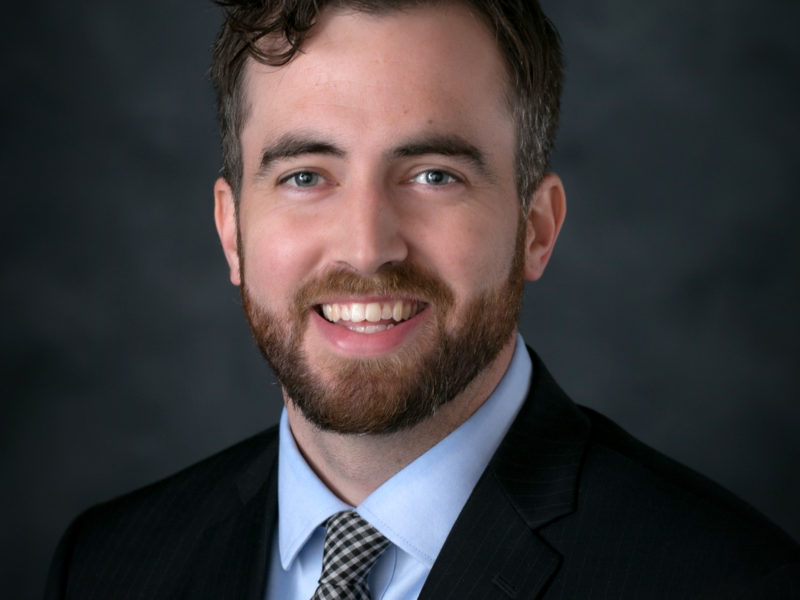If there is one thing Americans can agree on, it’s that we are glad the 2018 election is over. With multiple targeted Congressional races, an open Governor’s seat, two U.S. Senate races, a competitive and contentious Attorney General battle, a special election for control of the State Senate, and every seat in the Minnesota House on the ballot in November – there was absolutely no escaping political ads in any corner of Minnesota. Now that it is finally over, we can examine what happened during an action packed election season.
There was no surprise at the top of the ticket as DFL Senator Amy Klobuchar sailed to another 6-year term in the U.S. Senate with over 60% of the vote. Also winning a seat in the U.S. Senate, albeit a 2-year term, was DFL Senator Tina Smith. Senator Smith was appointed to the seat in January after the resignation of Al Franken, and earned the right to fill out the remainder of the term by defeating Republican challenger Karin Housley in a Special Election. It was the closer of the two U.S. Senate races with Republicans figuring they had a better chance at defeating the newly appointed Senator Smith than the more well known and established Senator Klobuchar. State Senator Housley raised her own profile and ran a vigorous campaign, but Senator Smith ended up winning with an impressive 53% of the vote.
Minnesota’s Congressional Delegation remains split with five Democrats and three Republicans, although the configuration has changed significantly. There were no surprises for Republican Tom Emmer or for Democrats Colin Peterson and Betty McCollum who each comfortably won reelection to the U.S. House of Representatives. Democrats were able to flip two suburban districts with wins by Angie Craig and Dean Phillips against Congressmen Jason Lewis and Erik Paulsen, respectively. Democrats were also able to hold onto former Congressman Keith Ellison’s seat with a runaway victory by Ilhan Omar, making her the first Somali American member of Congress in the history of the United States. But while the Democrats were able to take out two incumbent Republicans, they were unable to maintain control in the 1st and 8th Congressional Districts. With former Congressmen Tim Walz and Rick Nolan opting not to run for their seats, Republicans Jim Hagedorn and Pete Stauber were able to flip control of those more rural districts in favor of the GOP. The result is the same Congressional Delegation makeup, but with some new faces and most significantly a new party in control of the U.S. House of Representatives.
At the state level, DFL Gubernatorial Candidate Tim Walz won by a fairly comfortable margin over Republican Jeff Johnson. Both Walz and Johnson had long roads to get to the General Election as each was involved in a protracted Primary fight throughout the summer. In a refreshing change from politics at the national level, the Gubernatorial race maintained a mostly positive and respectful tone throughout the contest. Although the Governorship remains in DFL hands, there will likely be a number of changes at the Agency level as Governor-Elect Walz looks to transition from campaigning to governing and implementing his first biennial budget.
The other statewide race that garnered a great deal of attention in the run-up to the General Election was the heated race for the open Attorney General seat. The race between DFLer Keith Ellison and Republican Doug Wardlow was marred by personal attacks, negative ads, and an overall lack of substance on the issues. Ellison was able to find a way to win, maintaining DFL control of an office the party has held continuously since 1971.
At the Legislature, there was a dramatic shift in power in the Minnesota House. Going into the 2018 Election, Republicans were in control of the House after expanding their majority in the 2016 election. Democrats needed to flip at least 12 seats to take the majority. They ended up flipping 18 and taking over the lower chamber with a sizable majority. The bulk of the flipped House seats were in the suburbs, a trend that also seen in the Gubernatorial and Congressional races.
Having secured majority control, all leadership posts in the House will now shift from Republicans to Democrats. Former Minority Leader Representative Melissa Hortman orchestrated the takeover and has been rewarded by her colleagues with the role of Speaker of the House. Former Speaker Kurt Daudt will remain the leader of the House Republicans, now serving as Minority Leader.
Control of the State Senate was also at stake in this election, The Senate was divided 33 Republicans and 33 DFLers with one open seat after Senator Michelle Fischbach vacated her seat to become Lieutenant Governor. A Special Election was held on Election Day, the winner taking control of the Senate by one seat. Republicans were able to maintain control of the upper chamber with a win by Representative Jeff Howe over DFL challenger Joe Perske. Senate District 13 is a traditionally conservative district, and while DFLers picked a quality candidate, they were unable to pull off the upset. Majority Leader Paul Gazelka will continue in his leadership role, although he will have new negotiating partners in the Governor’s mansion and Speaker’s Office.
This result means that Minnesota will go forward with divided government in its Legislative Branch. We are now the only State in the Union that is operating with one Legislative Chamber controlled by the Democrats and the other controlled by the Republicans. The 2019 Legislative Session begins January 8th.
Samuel Richie is an attorney with Fryberger, Buchanan, Smith & Frederick, P.A., practicing primarily in the government relations and legislation areas and also administrative law.


 Attorney J. Steve Nys joins Fryberger Law Firm
Attorney J. Steve Nys joins Fryberger Law Firm
